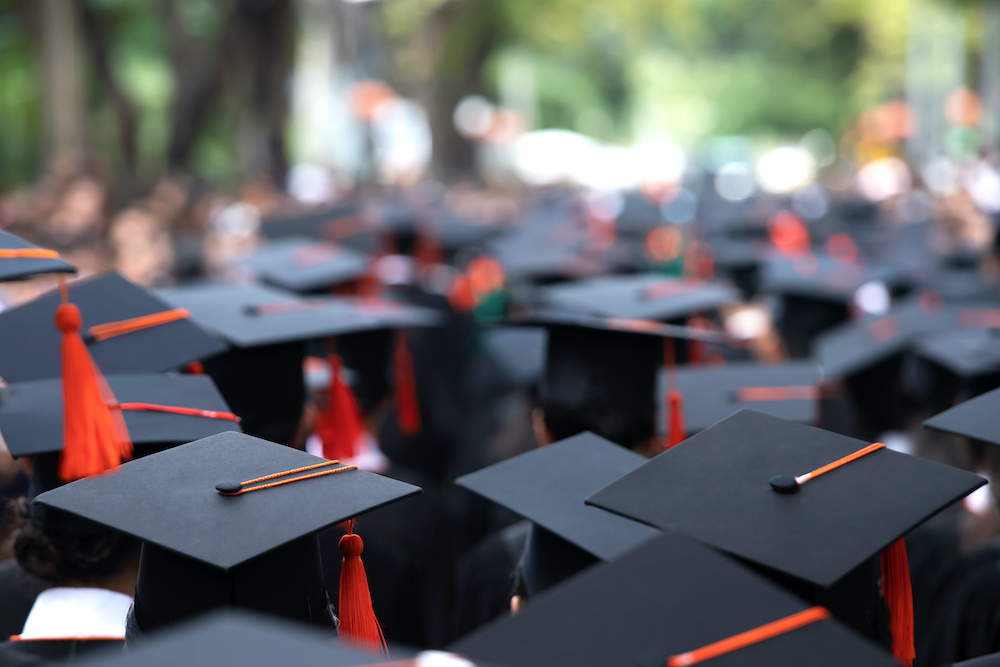As you navigate your academic degree program, you are likely thinking ahead about the career you want for yourself. With this future way of thinking, you may imagine whether you wish to pursue your career in the United States or back in your home country. If you prefer the former, please read on to discover how to transition to a work visa after a student visa and how one of the seasoned Lancaster County student visa lawyers at Lupton Law LLC can help you go through every step of this process efficiently.
How can I get a work visa after a student visa?
After graduating from an accredited United States college, university, or academic institution, it is more than likely that you are eligible for an H-1B visa. Namely, this nonimmigrant visa type allows foreign workers to seek temporary employment in a specialty occupation that typically requires a bachelor’s degree or higher in a related field.
It is worth mentioning that, in the meantime, you may participate in certain employment activities while still on a student visa. Specifically, the curricular practical training program (CPT) may allow you to engage in off-campus work experience related directly to your area of study.
Then, the optional practical training (OPT) program may offer you additional work experience in your area of study that may extend for up to 12 months past your graduation date. Or 24 months if you qualify for the science, technology, engineering, and mathematics (STEM) OPT program.
What delays should I anticipate during this transition?
We highly recommend that you begin looking for prospective United States-based employers willing and able to sponsor your H-1B visa while you are still in your OPT or STEM OPT program. This is because the process for acquiring this visa is extensive, with potential delays. For one, once you find an employer, they must file a Labor Condition Application with the U.S. Department of Labor, and then Form I-129, Petition for Nonimmigrant Worker, with the U.S. Citizenship and Immigration Services (USCIS).
This is not to mention that H-1B visas are distributed based on a lottery system. Because of its high demand, there is an annual cap of 65,000 visas, with 20,000 visas being designated for those with a master’s degree or higher. Importantly, you must enter the lottery in the April of the financial year starting on October 1st.
So, even if you meet all the criteria for an H-1B visa, you may not win the lottery that same year. This is to say that there may be an extensive gap between your student visa and work visa, which may force you to return to your home country temporarily. For a smaller gap, though, you should look into possibly applying for the cap-gap extension, which may allow you to maintain your student visa status until your H-1B visa begins.
Before entering these proceedings, you should have already hired one of the competent work visa lawyers to represent you. So, if you have not done so already, please contact Lupton Law LLC today.



